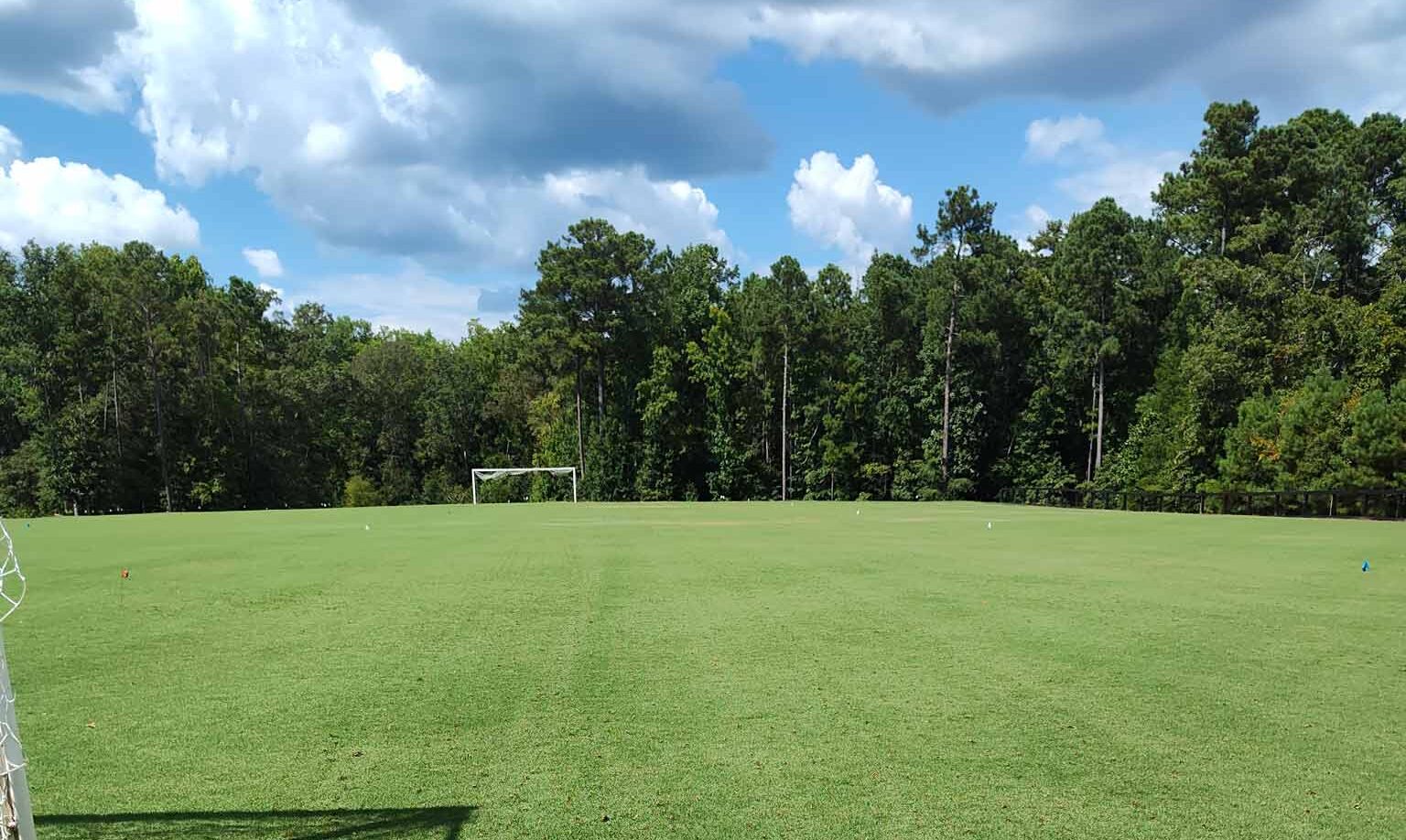Storms can leave landscapes damaged and unsafe, especially for industrial sites, corporate campuses, and athletic fields. Discover essential tips for effective storm cleanup and learn about the potential dangers to watch for, from fallen trees to hidden electrical hazards. See why hiring a professional team ensures a safe, efficient recovery and protects your property for the future
Maintaining top-performing athletic fields can be challenging due to budget constraints, unpredictable weather, and heavy field usage. Discover the 8 key challenges in athletic field management and practical solutions to keep your fields safe, durable, and performing at their best all season long.
Studies show that aerated lawns can absorb up to 50% more water than compacted lawns, significantly reducing runoff and ensuring that vital moisture reaches the roots. For facility managers, executives, and operations managers overseeing corporate or industrial properties, aeration offers a cost-effective way to enhance the aesthetic appeal and longevity of your landscapes, providing a substantial return on investment. Similarly, athletic directors, headmasters, and school presidents can benefit from this practice to maintain top-quality sports fields and school grounds. Real Estate leasing agents will find that aeration enhances the value of commercial properties, while DIY homeowners can achieve professional-level results for larger projects and landscape issues. In this article, we explore how aeration serves as a crucial practice for enhancing lawn health and appearance across various property types, from corporate campuses to sports fields, offering significant returns on investment.
In the world of athletic field maintenance, achieving optimal playing conditions is not just a goal but a necessity. Sports facility managers understand the importance of providing safe and high-quality playing surfaces for their student-athletes. In this article, we’ll delve into why aeration is essential for top-performing athletic fields. We’ll explore its significance for field health, injury prevention, and drainage optimization, offering insights and practical tips for athletic directors looking to enhance the playing surfaces on their athletic fields.




